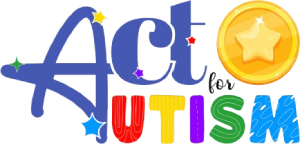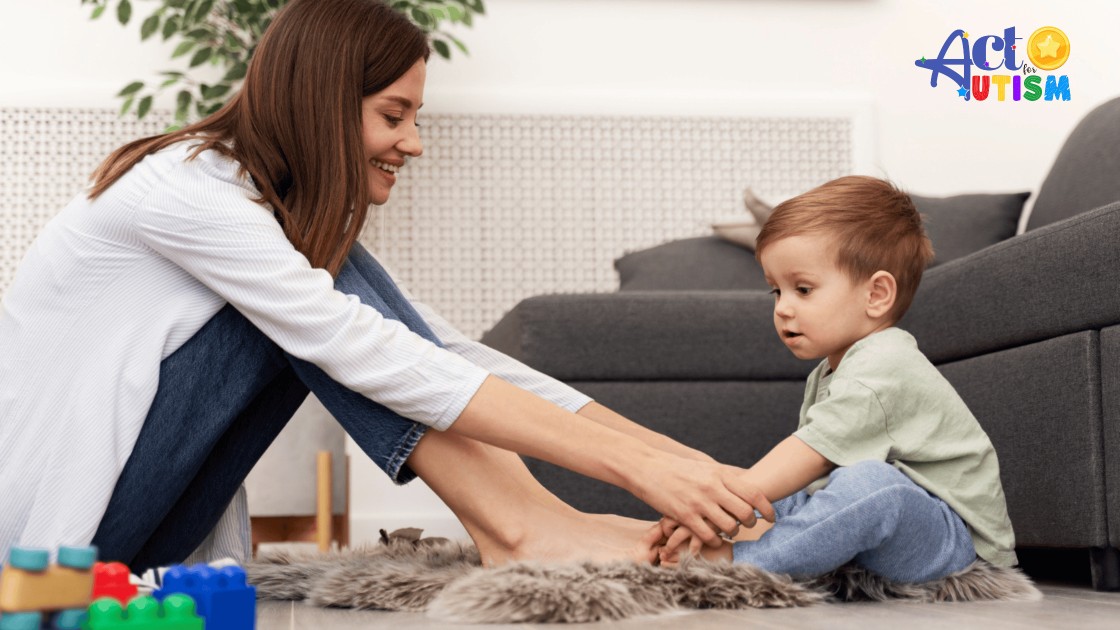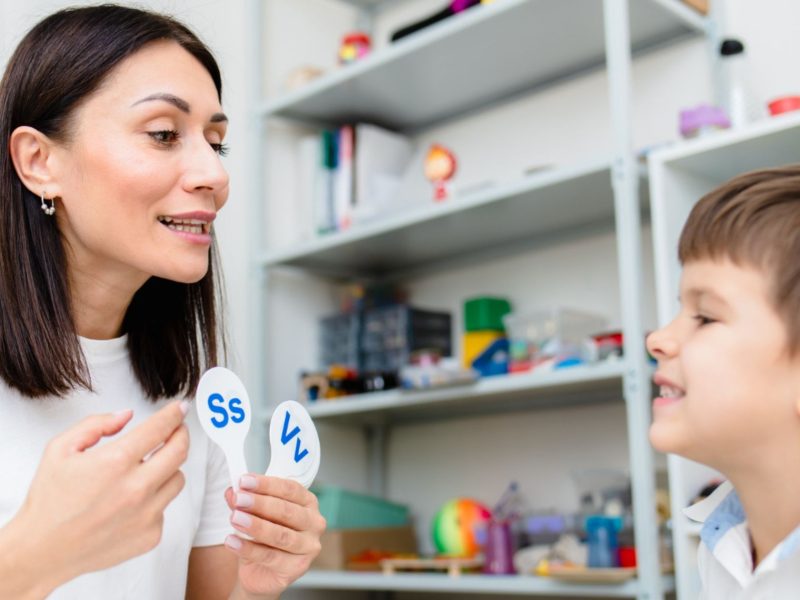When parents first begin their journey into autism therapy, they are often offered a variety of “general programs.” These may sound promising, but neuroscience and developmental research reveal a key truth: general therapy rarely unlocks a child’s true potential.
The reason is simple — no two brains develop in the same way. To maximize progress, therapy must be individualized, built on a deep understanding of each child’s unique neurodevelopmental profile.
The Brain Is Not One-Size-Fits-All
Every child’s brain is shaped by genetics, environment, and experience. Research on neuroplasticity—the brain’s ability to reorganize and form new neural connections—shows that meaningful change occurs only when interventions target the specific circuits that need development.
General Therapy
Uses standardized activities that assume all children benefit equally.
Child-Specific Therapy
Identifies which neural systems—language, sensory-motor, executive function, or social-emotional—require targeted stimulation.
Reference: Kolb & Gibb, 2011, Nature Reviews Neuroscience – Neuroplastic change is experience-dependent and must be tailored.
What General Therapy Looks Like
General therapy often follows a preset curriculum or uniform approach, applied in the same way to all children regardless of individual differences.
Common examples include:
- Group-based, generic social skills programs
- Standard speech drills without sensory or motor assessment
- Pre-planned behavior strategies not adapted to child-specific triggers
While these may offer some short-term benefits, they often ignore the child’s underlying neurological profile. The result? Frustration, stalled progress, or the impression that therapy “doesn’t work.”
What Child-Specific Therapy Looks Like
Child-specific therapy begins with a comprehensive neurodevelopmental assessment that maps how the child’s brain functions across multiple domains:
- Sensory-Motor Integration: Can the child regulate sensory input for focus and learning?
- Language Processing: Are auditory, visual, and motor pathways aligned for speech and comprehension?
- Executive Functioning: Can the child plan, shift attention, and self-regulate?
- Adaptive Functioning: How does the child manage daily living skills?
By tailoring therapy to these findings, interventions become targeted, efficient, and transformative.
Reference: Dawson et al., 2010, Pediatrics – Individualized, assessment-driven therapy improves communication, social interaction, and adaptive outcomes in autism.
Logic and Reasoning: Why the Difference Matters
Imagine two children struggling with language:
- Child A has poor auditory processing but intact motor planning.
- Child B has strong auditory skills but impaired oral-motor coordination.
If both receive the same “general” speech therapy, one will struggle while the other may progress.
Only child-specific therapy, grounded in assessment, ensures interventions target the actual bottleneck in development.
That’s why general therapy can plateau progress, while individualized therapy accelerates neuroplastic growth.
Neuroscience Evidence in Action
- Targeted Neural Activation
Brain imaging shows that specific interventions activate the exact circuits underdeveloped in autism.
(Mundy & Neal, 2010, Development and Psychopathology) - Sequence Matters
Certain foundational skills (e.g., sensory regulation) must develop before higher-order functions like language.
General therapy often skips this developmental sequence.
(Baranek et al., 2006) - Long-Term Impact
Individualized, evidence-based therapy creates sustainable developmental gains, while generic approaches often yield only short-lived improvements.
Practical Takeaways for Parents
Ask for Assessment-Driven Programs: Ensure therapy begins with a detailed evaluation of your child’s brain and developmental profile.
Avoid “One-Size-Fits-All” Curriculums: Be cautious of programs that use the same activities for every child.
Track Individual Progress: Written reports and progress tracking should reflect your child’s unique growth trajectory.
Collaborate Across Therapists: Share individualized reports with schools, therapists, and caregivers for consistent application.
Conclusion
The difference between general therapy and child-specific therapy is the difference between guesswork and precision medicine.
General therapy may provide surface-level support, but only individualized, neuroscience-guided intervention can truly harness the brain’s plasticity, accelerate progress, and create long-lasting change.
Invest in therapy that sees your child’s brain for what it is — unique, complex, and full of potential.



